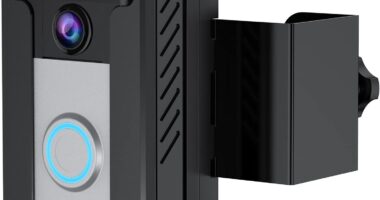A DISTANT galaxy with a black hole at its center has spit out radio emissions picked up by an astronomy team in Japan.
Challenges with telescoping technologies make this discovery unique.
3C273 is a quasar at the center of its host galaxy.
A quasar is a black hole anchored in a galaxy, swallowing all matter and even light – but 3C273 is still extremely luminous.
The quasar is 2.4billion lightyears away from Earth and it’s the most-studied quasar in the night sky.
3C273 was first observed in 1963 and was the first quasar ever discovered.
Radio telescopes face challenges when focusing on bright objects like 3C273.
Phys.org writes “When you see a car’s headlight, the dazzling brightness makes it challenging to see the darker surroundings. The same thing happens to telescopes when you observe bright objects.”
Researchers at the ALMA Observatory developed techniques to study the darkened host galaxy.
They found that a structure of radio waves is layered over the galaxy for tens of thousands of lightyears – this is the first discovery of its kind.
Most read in Tech
The radio waves are, in part, powered by hydrogen gas.
Hydrogen gas is a key ingredient in forming stars.
The researchers assessed that the quasar is doing little to prevent the formation of stars.
“By applying the same technique to other quasars, we expect to understand how a galaxy evolves through its interaction with the central nucleus,” a researcher leading the study said.


Deep space observations are on the cusp of a significant improvement.
The James Webb Telescope was launched in 2021, recently nestled into its position in space, and will be sending colorized images of space back to researchers by July of this year.
We pay for your stories!
Do you have a story for The US Sun team?










